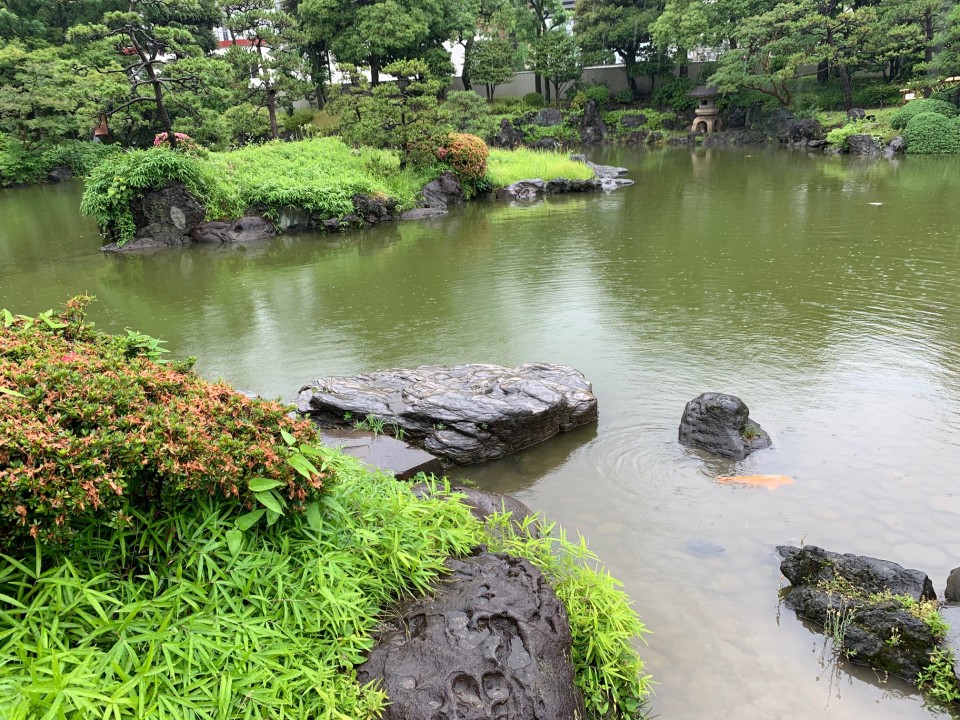
Can Offshore Wind Be Big In Japan?
I have recently returned from two weeks in Japan and it got me thinking; as a country, Japan has always faced some specific challenges to its prosperity. The first has always been a struggle against a lack of natural resources. The second is the countries volatile relationship with nature, being prone to natural disasters such as earthquakes and tsunamis. The current era has brought these challenges into sharp relief; Japan is the world’s second largest importer of fossil fuels after China, whilst natural disasters have placed an increased concern about the safety of nuclear energy in the country. Although Japan has embraced solar energy (in fact it has the world’s largest portfolio of floating solar) it is now perhaps the time for offshore wind energy to shine.
Changes in the law make offshore wind easier In general, there is a strong sense that Japan needs a breath of fresh air to boost its renewables sector. It could be said that solar energy has played its part in introducing renewable energy technologies in Japan, but that a drop in subsidies has slowed down solar power installation. Onshore wind has had good prospects but being noisy and is unpopular in urban areas, which makes it less popular. However, Japan as an island country has one abundant resource; a good coastline and potential to harness wind energy from turbines at sea.
A bill passed in November 2018 allows national and international companies to operate wind farms in Japan’s territorial waters for 30 years. This has galvanised national companies like Orix, Tokyo Electric Power Co. Holdings (TEPCO), Marubeni and Mitsubishi to make most of this opportunity. Likewise, international companies like E.ON, Ørsted, Equinor, Windpal, CIP and WPD are also arriving in Japan to make the most of this legal shift and partner with domestic operators. Importantly there is an incentive, these companies are looking for profit and 36 Yen per kWh is what offshore wind farm makes in Japan, which is twice that of solar and more than onshore wind.
This new law has made installation of offshore wind a bright prospect for wind energy companies and to Japan’s energy mix.
Japan will get the benefit of Chinese manufacturer’s economies of scale Energy supply in Japan is almost completely based on imported fuels and wind energy is another resource which requires international trade. China is a global supplier of wind turbines, cost is the main factor, China has been able to achieve phenomenal economies of scale in manufacturing, meaning that Japanese wind energy can reap the rewards of Chinese R&D. The Japanese offshore wind sector is going to be in the right place at the right time, cheaper and better value technology is meeting Feed in tariff prices are highest in the world making Japan a lucrative option for renewable energy businesses.
Floating wind will make site selection more flexible Japan has the seventh largest coastline in the world with offshore wind energy potential of 1600GW. At present 4% of this potential has been harnessed, however advanced technologies like floating wind energy turbines, provide a promise that greater offshore wind energy potential can be developed. Japan’s coastline has quite a deep seabed making floating wind a useful option. Floating wind turbines are superior to the ones with stable foundation because of their minimal impact on seabed, low levelized cost of energy and flexibility to deploy these turbines in water depths of 25m onwards as against foundation turbines which can be installed till 50-70m sea depth only. This allows wind generation in deeper seas with high wind speeds and predictable electricity generation.
Experiments and tests on such turbines are underway on the shores of Japan and floating turbines like Hibiki with Aerodyn two-blade turbine and generating capacity of 3.2MW, entered sea for testing in 2018. Similarly, patent has been awarded to Spanish consultancy Saitec Offshore for its floating wind turbine concept Sath (Swing Around Twin Hull) from Japanese patent office. Saitec has also tied up with Spanish-Japanese renewable energy developer Univergy International to develop floating wind energy projects in Japanese waters.
There is an appetite for Offshore Wind in Japan Japan aims to install and commission 10GW of wind energy by year 2030 to include in its energy mix. Given the issue of land scarcity, most of these installations will be offshore, thus a significant growth is expected in offshore wind in Japan in coming decades.
Until now offshore wind in Japan was not explored due to geography of coastline/seabed, difficult climate conditions and legal & regulatory issues. But with new laws, the latest technologies like floating wind turbines these issues can be subsidised, and insurance of offshore wind farms can now make investors confident. However most importantly there seems to be a real appetite for the deployment of offshore wind in Japan.
This article comes from the Green Recruitment Company’s newsletter the Green Insider – the Summer Edition can be found on the trends page of the Green Recruitment Company website.
